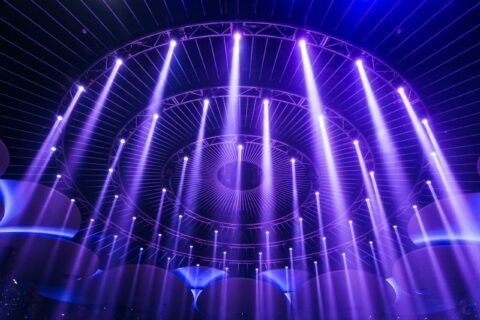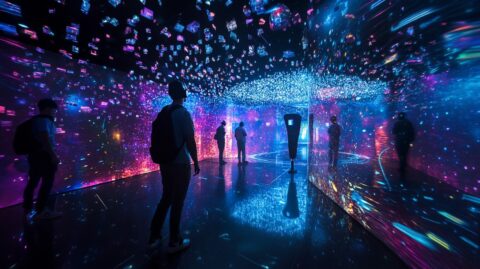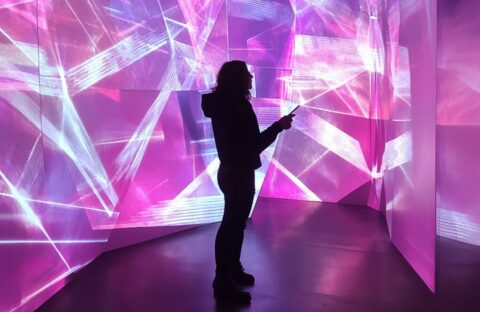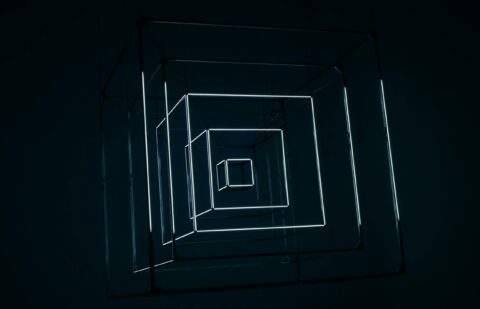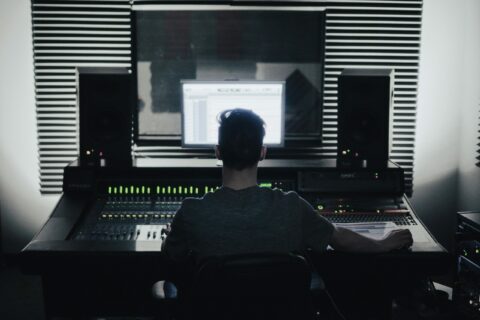Introduction
Sound design has revolutionized the way we perceive immersive experiences. By combining visual techniques like mapping with sonic elements such as sound spatialization and multichannel mixing, it becomes possible to immerse the viewer in a total immersion, where sound and image become one. In this article, we will explore the different ways in which sound design mapping shapes these unique experiences, highlighting cities like Nantes and Rennes, creative hubs of this discipline.
Sound Design and Immersive Experiences: A Creative Alliance
Immersive experiences are based on a perfect synergy between audio and visual. The use of immersive sound allows viewers to be fully transported into digital environments, where acoustics play a crucial role in amplifying the visual effect. Whether in mapping or digital experiences, a well-designed soundtrack reinforces the narrative dimension, engaging the audience beyond simple visual contemplation.
The Role of Immersive Sound in Digital Art
Immersive sound is not just an accompaniment, it acts as a catalyst, transforming images into real sonic stories. By synchronizing sounds with visual action, a strong emotional connection is created, plunging the viewer into total immersion. A custom multichannel mix, for example, can circulate sounds all around the audience, reproducing a three-dimensional sound reality.
How sound design enriches the experience
Thanks to sound design’s ability to create deep and dynamic sound ambiances, visual installations are enriched by a more complete sensory immersion. The audience becomes an integral part of the work, with sounds that evolve and resonate according to the projected images. The sound immersion thus created stimulates more senses and transforms a simple visual experience into an interactive journey, where each movement or action is accompanied by an engaging soundscape.
